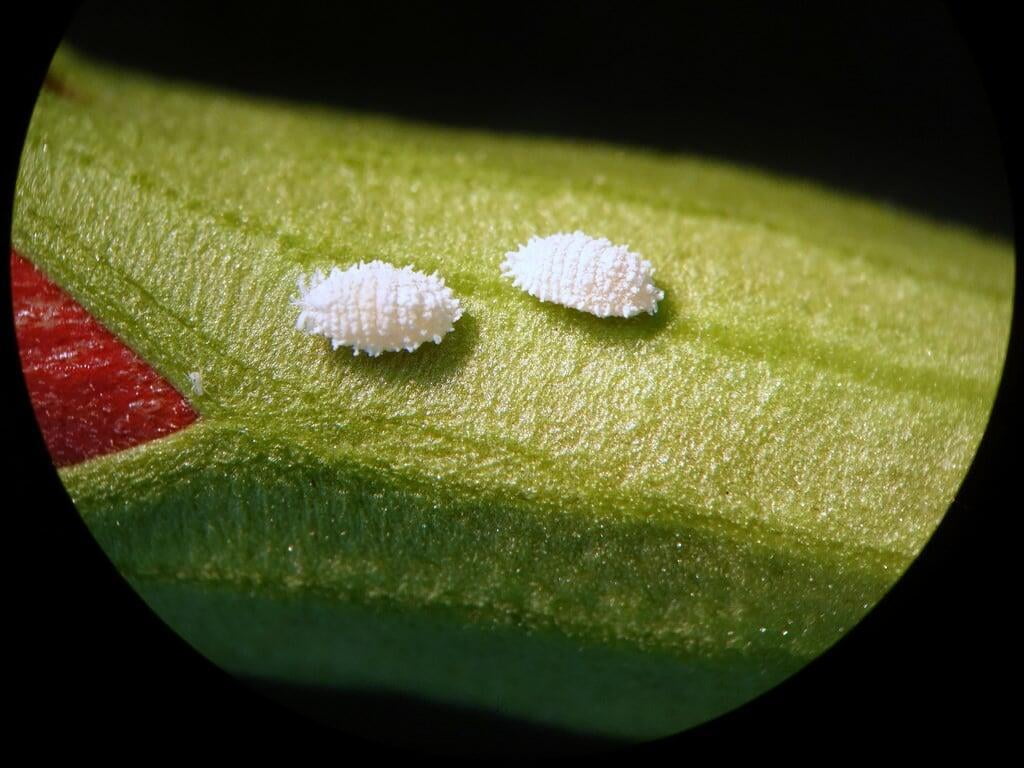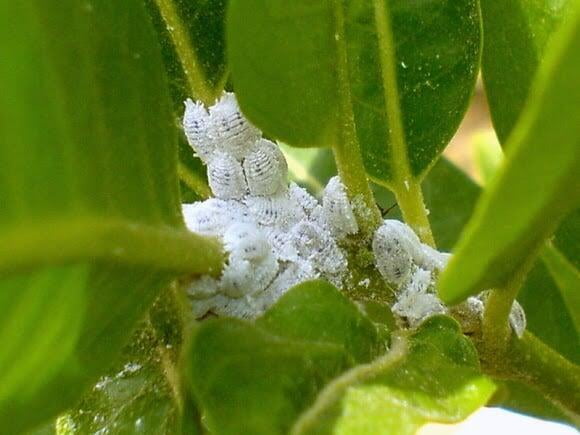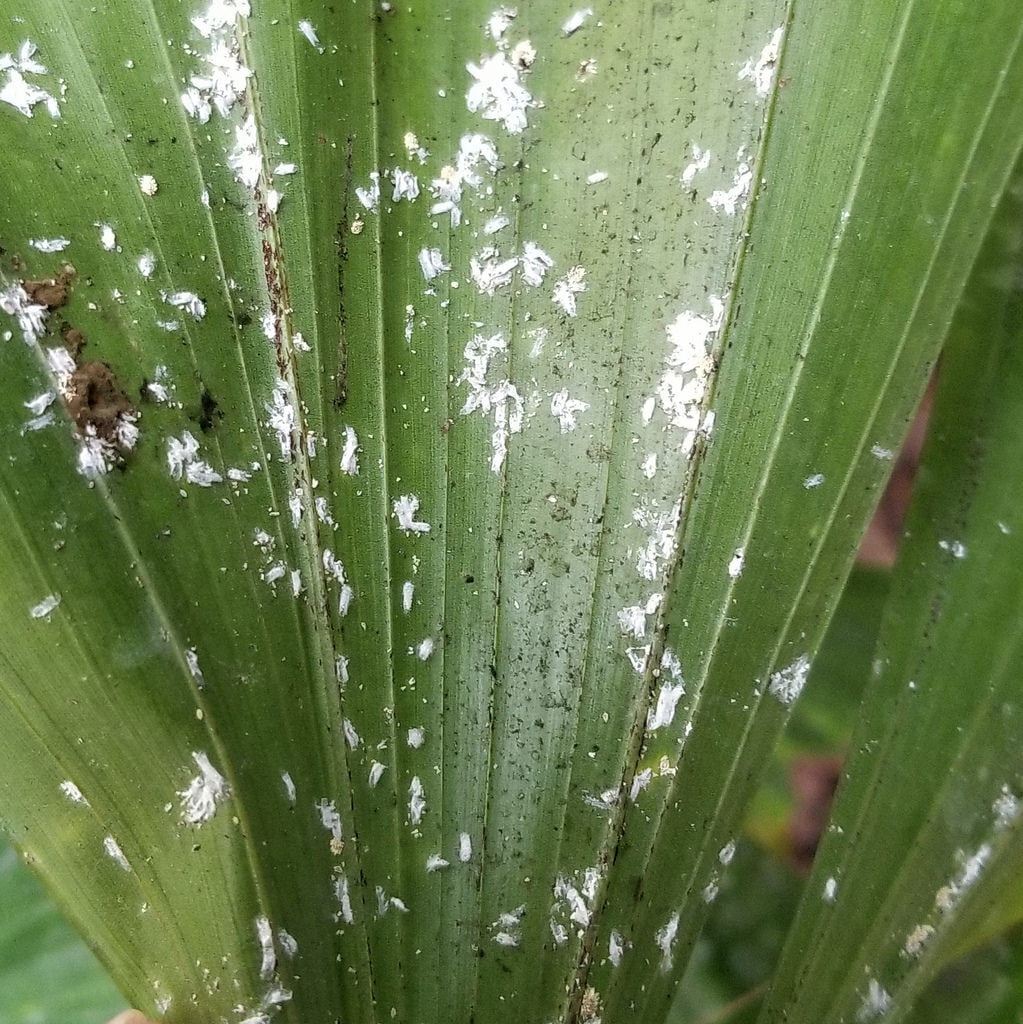In the current series of getting acquainted with common house pests, today, we will familiarize ourselves with a white-coloured, almost invisible to the naked eye beauty - The mealybug.
Mealybugs are soft-bodied, oval-shaped, wax-covered insects. They belong to the order Hemiptera and family Pseudococcidae. They are prevalent in crops like fruits crops (Ex. citrus) and other tropical fruits (mango, grapes, pineapple), vegetables like potatoes and in ornamental plants. Found most easily in warm climates; they seem to be able to flourish in a greenhouse of all climatic regions.
How do mealy bugs harm plants?
The female mealybugs never grow wings, but male insects possess two wings. The males will live only for a short period. These male insects do not feed on the plants and exist only to reproduce.
Symptoms of damage. Signs to watch out for
- Reduced growth of the plants as these sucks the sap from the growing tender parts.
- The premature dropping of fruits and stunted plant growth indicates the presence of mealybugs on the crop.
- Yellowing, withering and falling of leaves from the plants.
Preventive Measures
- Inspection of the mealybugs before installing any new indoor plants.
- Check for insects under the leaves and roots and collect and destroy them.
- Avoid application of excess nitrogen fertilizers as it stimulates tender new plant growth as well as mealybug egg production.
- Avoid growing mealybug prone crops/plants at least for a year or two to reduce the population density.
Remedial Measures
- Keep ants out of the mealybug infested area as they can protect them from natural enemies.
- Introduce naturally occurring predators of mealybugs (like a wasp, ladybird beetles, lacewings)
- Sprays of Insecticidal soaps can be handy when combined with natural predators of the mealybug to control them effectively.
- Insecticidal soaps, horticultural oils like neem oil provides some suppression of population.
- On large, sturdy plants, high pressure or forcible water spray will reduce the population of the mealybugs effectively.
Happy Growing!


